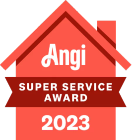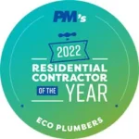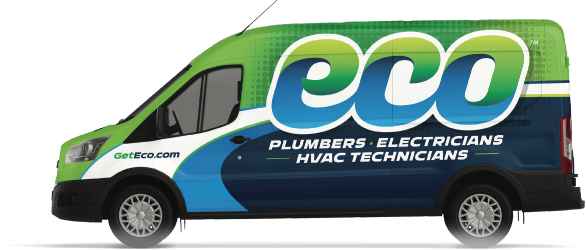Introduction
For property managers or homeowners, understanding the timeline for a typical sewer line installation in Hillard, OH, can make your project smoother. Whether it’s to upgrade aging infrastructure or manage unexpected issues, it’s essential to know what the process entails. Here, we break down the key steps involved, offering clarity and confidence when dealing with such systems.
From Start to Finish: Sewer Line Installation Timeline
1. Pre-Installation Consultation and Inspection
Before any digging begins, a professional will assess the site using advanced tools, such as cameras, to inspect the existing sewer line thoroughly. This helps to identify blockages, damages, or any specific requirements. Following this step, they will provide a comprehensive plan and estimate, ensuring you’re informed about costs and timelines upfront. This phase sets the groundwork for smooth communication between you and your contractor.
2. Obtaining Necessary Permits
Sewer line work often requires city permits, especially in urban areas like Hilliard, OH. Contractors will handle the application process for these permits, although approval can take a few days to a week. During this time, the team ensures the plans meet local codes and regulations, keeping your project compliant with local laws.
3. Excavation and Prep Work
When everything is approved, the physical work begins with excavation. This step involves digging a trench to access the old line or create a new path. For areas prioritizing less mess and minimal disturbance, options like a trenchless sewer line in Dayton, OH, are available. This method uses advanced technology to avoid large digging projects, reducing surface disruption for properties and landscapes.
4. Installing the New Sewer Line
Once the site is prepared, professionals will install the new line, ensuring precision and durability. The materials used in modern sewer systems, such as PVC or HDPE, resist corrosion and can improve the long-term health of your system. The team then performs pressure tests to validate functionality and detect leaks before backfilling.
5. Final Inspection and Restoration
After installation, a final inspection ensures the system meets local standards and regulations. Once the inspectors approve the installation, the contractors will restore the site, covering trenches, replacing sod, or repaving affected areas. This final touch ensures everything is left looking as it was before the project began.
Scheduling a sewer line project doesn’t have to be a hassle. From consultation to system restoration, these steps outline a clear path toward a better, more functional property. Having an informed timeline lets you make decisions confidently, whether you’re upgrading an old system or dealing with an emergency situation.
Conclusion
Contact Eco Plumbers, Electricians, and HVAC Technicians at (855) 326-7586 to schedule a consultation. Our experts ensure every installation is swift, compliant, and minimally invasive, leaving your home pristine.
📌Trusted experts near you! Stop by our Eco Service Center for reliable plumbing, electrical, and HVAC solutions — fast, friendly, and local.












